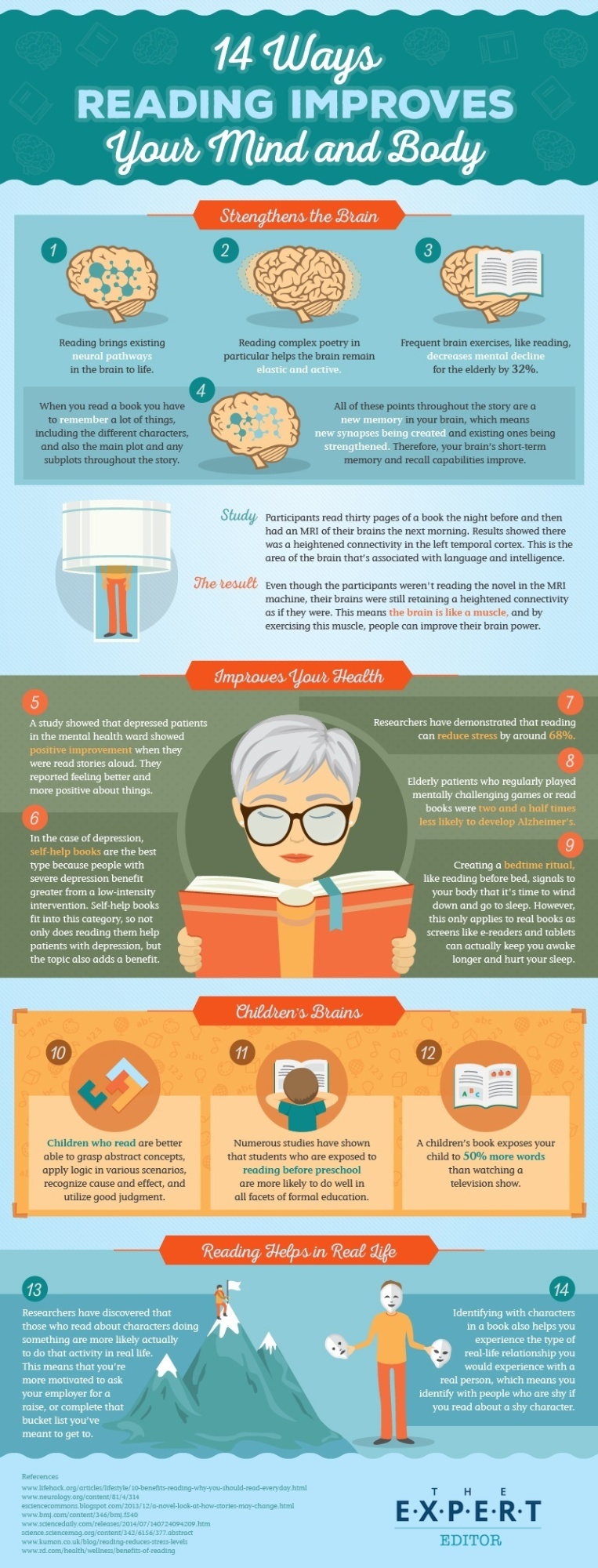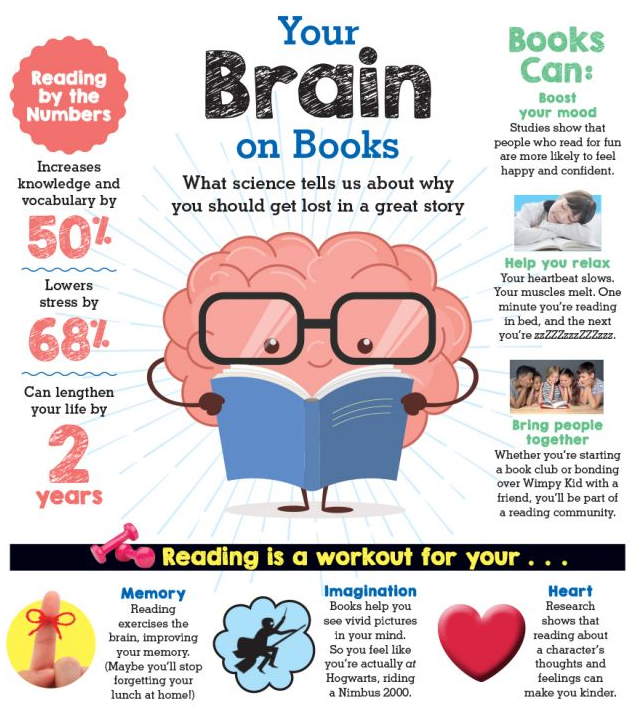Resources


Resources to support Reading:
- EYFS-reading-prompt-bookmarks_ver_2.pdf
- Parent-Reading-Prompts_ver_1.pdf
- Reading-Strategies-Bookmarks.pdf
- Supported-Reading-Bookmarks.pdf
- Blooms_reading_activities.pdf
- Games for reading a thome.pdf
- Guided reading question cards.pdf
- KS2 reading prompts.pdf
- Reading strategy checks.pdf
- Reading tips for parents of children in KS1.pdf
- Why learn the high frequency words.pdf
- KS1-focused-reading-skills-question-word-mats.pdf
- KS2-focused-reading-skills-question-word-mats.pdf
- Reading Tube Map
- Reading Roads

For Little Wandle Letters and Sounds Parental support, click here. The resources on this page will help you support your child with saying their sounds and writing their letters. There are also some useful videos so you can see how they are taught at school and feel confident about supporting their reading at home. Find our full Reception and Year 1 teaching programme overview here to see what your child will learn and when.
Little Wandle Letters and Sounds Youtube Channel. This resource is designed by experts for use at home. Evidence shows that learning is most effective when children are taught by sticking to a particular programme. New lessons are uploaded at 9am on weekdays during term time.
- Reception: Teaching children to read letters and begin to blend to read words.
- Year 1: For children who can blend and read words such as 'stamp', 'chair' and 'green'.
- Year 2 Phonics Screening Check Revision (Autumn Term only) Daily lessons to review Phases 4 and 5 to help children read words.
- Learning to Blend: Additional blending practise for children and are not suitable for Reception children in the Autumn Term as they contain letters and sounds that have not been taught.
Phonics Workshop Presentation
The DfE blogsite published a blog for parents: Everything you need to know about phonics in schools. Parents may find this paper an interesting read.
Useful Information
Teaching Spelling at Springcroft
Year 2 to Year 6
At Springcroft we use the ‘No Nonsense Spelling Programme’ to teach our children spellings. The focus of the ‘No Nonsense Spelling Programme’ is on the teaching of spelling, which embraces knowledge of spelling conventions – patterns and rules; but integral to the teaching is the opportunity to promote the learning of spellings, including statutory words, common exceptions and personal spellings.
How ‘No Nonsense Spelling’ is organised
The programme consists of the following elements:
-The requirements of the National Curriculum, which have been organised into strands and then broken down into termly overviews.
-Termly overviews that have been mapped across weeks as half termly plans. These follow a model of five spelling sessions across two weeks, except in Year 2 where sessions are daily.
-Daily lesson plans for each session, with Supporting Resources, including word lists and guidance on conventions.
How ‘No Nonsense Spelling’ is delivered and assessed.
By integrating activities for practising spellings in handwriting lessons, the benefit of making a spelling activity kinaesthetic is secured. The pupil acquires the physical memory of the spelling pattern as well as the visual.
Pupils’ learning is assessed throughout the programme. Activities used to assess the children include:
• Testing – by teacher and peers
• Dictation
• Explaining
• Independent application in writing
• Frequent learning and testing of statutory and personal words.
Weekly Tests
Learning needs to happen in school and at home. There is little evidence, though, that the traditional practice of learning spellings (usually 10) at home and being tested on them (usually on a Friday) is effective. However, there is a high expectation within the new National Curriculum that pupils will learn many increasingly complex words.
Within the programme, learning spellings is built into each six-week block. Within the sessions a range of strategies for learning spellings are introduced and practiced in school. This enables pupils to choose the strategies they find most effective for learning different words and then they can use these to practise their spellings at home.
Children will then be tested on the spellings they have been learning to spell at school on Mondays.
Supporting Grammar, Punctuation and Spelling

How we teach maths at Springcroft....White Rose Maths.
White Rose Maths delivers resources, CPD, tools, advice and guidance to our staff to enable us to make a BIG difference for every pupil. Day after day, we are shaping happy, confident and resilient learners who discover that maths brings an exciting journey of discovery, understanding – and a lifetime of opportunities.
We have access to their wide range of supporting resources, including detailed guidance, high-quality worksheets, teaching slides, video lessons and more. To help monitor understanding and progress of all learners throughout the year, White Rose Maths also provide end of block and end of term assessments.
White Rose Maths brings together a team of highly experienced and passionate maths teaching experts to train, guide, help and support all schools, children and the community they serve.
White Rose Maths is influenced, inspired and informed by the work of leading maths researchers and practitioners across the world.
How we teach Mathematics at Springcroft - White Rose Maths
- National-Curriculum-Progression-Primary.pdf
- Ready-to-progress-criteria-links.pdf
- Addition and subtraction calculation policy (1).pdf
- Multiplication and Division calculation policy V2.pdf
-
White Rose Maths parental resources
Here's another great way for your primary-aged child to enjoy maths at home. White Rose Maths FREE workbooks for Years 1 - 6 give children and parents an extra tool for enjoying maths together.
-
National Centre for Excellence in the Teaching of Mathematics
These short videos are intended to provide primary school pupils with interactive lessons while they at home. Parents or teachers can choose how regularly they set them, but it is important that, within each batch, they are set in the suggested order. Most lessons are between 15 to 20 minutes long, each ending with suggested follow-up tasks. All lessons exemplify a teaching for mastery approach to maths. For each age group, a new batch of lessons is added here every week.
What to expect in the EYFS
Resources to support KS1
- ks1-sats-parent-info-sheet.pdf
- ks1-sats-maths-arithmetic.pdf
- ks1-sats-maths-reasoning.pdf
- ks1-sats-reading.pdf
- ks1-sats-spelling-revision.pdf
- t-l-52496-sats-survival-year-2-parents-grammar-punctuation-and-vocabulary-practice-and-revision-activit-_ver_5.pdf
Year 6 SATs Maths Booster
-
Maths bot - Year 6 SATs arithmetic practise tool
This is a simple arithmetic practice tool which selects questions and even marks them in the SATs style.
AI Support
The Robin Hood Multi Academy Trust have created a national resource for schools using AI called: The AI Highway Code. It explains the use of AI and how to improve prompts -including mega-prompts! Well worth a read.
Publication: DfE parent information leaflets for all assessments in the academic year 2025 to 2026
Earlier this week, the DfE updated their parental informational leaflets which explain what parents need to know, what each assessment involves, when tests take place and how the results are shared and used for all the statutory assessments completed this academic year.

